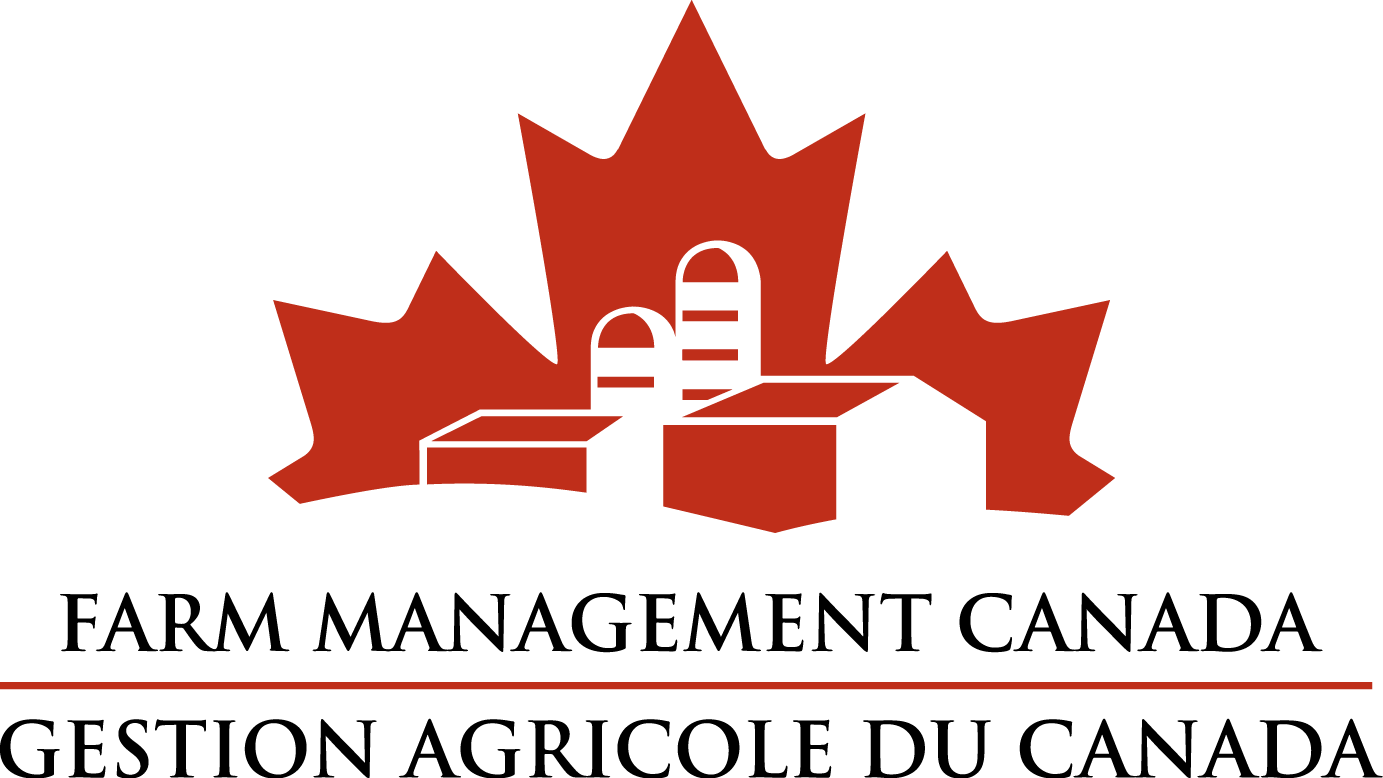 Benchmark assesses a farm’s machinery investment.
Benchmark assesses a farm’s machinery investment.
Going back to 1998, Alberta Agriculture and Rural Development’s Business Management Specialist Ted Nibourg has been tracking grain crop farmers, and cattlemen’s investments in farm machinery. He uses a benchmark ratio of the machinery investment (market value) per acre divided by the gross revenue per acre.
“Above a benchmark ratio of 2, machinery costs are starting to get out of hand,” says Nibourg. For livestock producers, who have a lower investment in machinery, the benchmark is around 1.
The benchmark is important for more than the obvious economic impact of having more machinery payments to make. It helps farmers assess if they are over or under capacity when it comes to getting farming operations completed in a timely manner.
Generally, if the benchmark is over 2 for grain farmers, then the operation may have too large an investment in machinery, and machinery may be a financial drain on the bottom line. If this is the case, Nibourg suggests the operation either consider renting more land to spread the machinery costs over a large land base, consider doing some custom farming, or down-sizing the equipment to better match the farmbase.
Nibourg analyzed Statistics Canada data for Alberta from 1998 to 2011. He saw some interesting overall trends that reflect the good and tough times of Prairie cropping. The values shown are market values and do not reflect depreciation or recapture:
- Alberta farmers typically had between 11 per cent and 18 per cent of their total farm capital invested in machinery.
- During the period of the analysis, machinery investment as percentage of total farm capital declined.
- Even though the ratio declined, the overall investment increased. In 1998 Alberta farmers had $8.25 billion invested in machinery. This increased steadily to just under $11 billion in 2011.
- Machinery investment per acre increased in almost a linear fashion from $159/acre in 1998 to $216/acre in 2011.
- Net operating income as a percentage of machinery investment varied between a high of 22.45 per cent in 2002 to a low of 8.62 per cent in 2003. Net operating income is calculated before machinery depreciation.
Looking specifically at the machinery benchmark ratio for grain farmers, the ratio average 1.69 over the period from 1998 to 2011. This means that the average farmer in Alberta has, on average over the long term, $1.69 invested in machinery for every $1 they receive in gross revenue annually:
The ratio for grain farmers climbed from 1.72 in 1998 to a high of 2.29 in 2003.
Since 2003, it has declined steadily to a value of 1.06 in 2011.

Source: Nibourg, ARD
Nibourg explains that using a management depreciation (as opposed to Capital Cost Allowance) rate of 10%, one can see from the long term average ratio of 1.69 that machinery fixed costs amount to about 17% of gross revenue per acre. The ratio of 2.29 in 2003 when grain prices were low meant that 22.9 percent of gross revenue per acre had to cover the machinery investment. In 2011, though, the 1.06 benchmark meant that 10.6 percent of gross revenue per acre would cover the farm’s investment in machinery.
For livestock operations, the long-term average is 1.06, but fluctuated from a low of 0.80 in 2001 to a high 1.24 in 2009. The trend is more stable, but has been rising in recent years.
“Livestock operators don’t need as much machinery, but I’ve seen a lot of new trucks and trailers going down the road in recent years, so the benchmark ratio is rising,” explains Nibourg.
Subhead: Benchmark is also reflective of economy
For both grain and livestock farmers, the benchmark is influenced by commodity prices. Higher grain or livestock prices can move the benchmark downward, as shown recently for grain farmers who have experienced high canola and wheat prices. Conversely, while livestock producers were experiencing good cattle prices in the early 2000s, those prices fell after the BSE crisis, moving the livestock benchmark higher.
Machinery costs also influence the benchmark, as higher costs will increase the benchmark ratio. However, machinery costs do not fluctuate as much as commodity prices, so they have less impact on the year-to-year changes in the benchmark.
Machinery Investment and Crop Receipts per acre; 1998 – 2011

Source: Nibourg, ARD
“One has to keep in mind that good crop returns in recent years coupled with a slackening of investment in machinery compared to total farm investment has resulted in this declining ratio,” says Nibourg. “Another reason could be farm consolidation. Producers are spreading their machinery investment over more acres. During this period, the average farm size increased by almost one-third.”
Nibourg cautions that the benchmark is a good starting point for farm managers assessing their machinery investment but it isn’t a rigid rule, as machinery requirements vary due to land productivity, crop and livestock specializations, and risk tolerance. He says the ratio is a guideline, and farmers need to look at it in relation to their individual circumstances.
“Alberta farmers have done a good job of achieving this benchmark,” says Nibourg. “Records for the last five years show that the ratio is well below the long-term average. Now may be a good time for individual farm managers to take a look at the machinery component of their operations, and possibly purchase additional equipment to improve efficiencies, replace existing machinery or upgrade to newer technologies.”
Contact:
Ted Nibourg
Alberta toll-free: 301-3276
403-742-7901
Email: [email protected]
WEBSITES:
http://www.agric.gov.ab.ca/app21/infopage?cat1=Business%20%26%20Economics
http://www23.statcan.gc.ca/imdb/p2SV.pl?Function=getSurvey&SDDS=3471&lang=en&db=imdb&adm=8&dis=2
